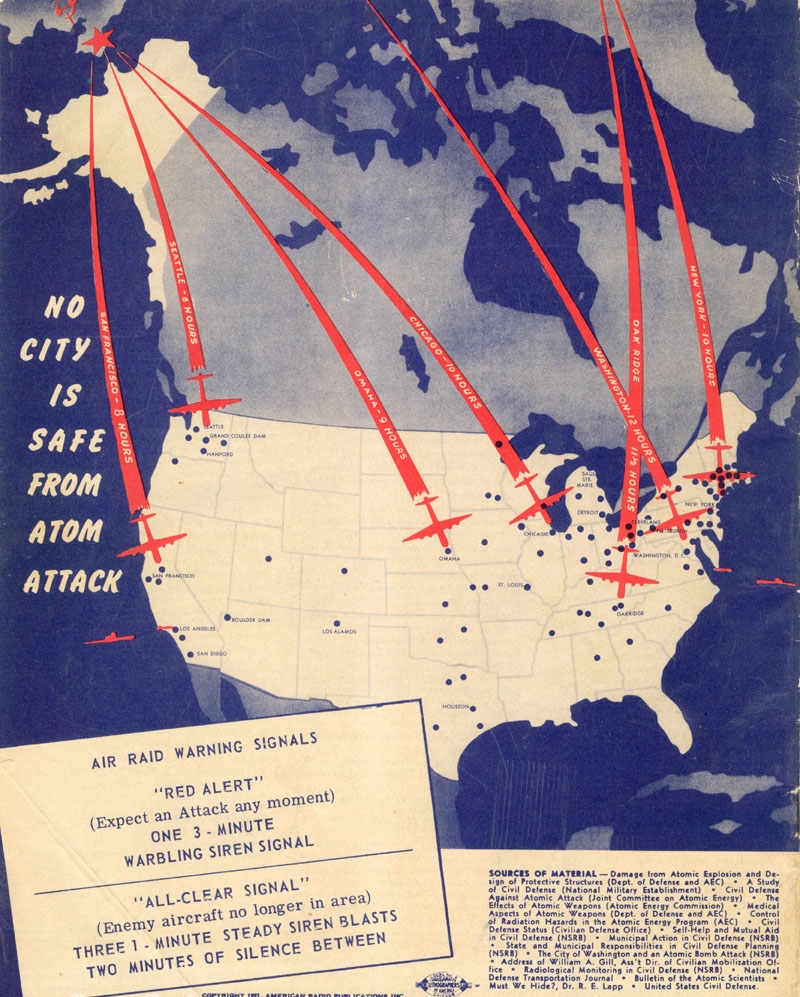Recently we have seen the threat of nuclear attack being covered in the news. While this is a very serious risk that government at federal, state and local levels are preparing for, this is not the only nuclear risk we face.
Another type of threat is a Radiological Dispersal Device (RDD) or dirty bomb. This is a device that combines conventional explosives with radiological material. An RDD cannot/does not produce a nuclear explosion or atomic blast. However, when it explodes it carries radioactive material into the surrounding area, causing a large radiological area of effect. The main cause of damage would be from the initial explosion, not the radiological material. The material would serve to contaminate the area, and causing the air, water and any food to become unsafe to breath, drink or eat.
The best course of action if you suspect a RDD was set off in your area is to Shelter In Place (SIP) and follow directions from your local authorities. Generally, you would want to remove all clothes that you were wearing at the time of the possible exposure, put the clothes in a plastic bag and leave them outside and away from other people. Lightly wash your body with a gentle soap, without scrubbing. Then wait indoors until given news that the area is all clear and it is safe to go outside.
If you need help with your SIP plan or need equipment or a kit to help you shelter in place, World Aware can help with your planning efforts.



